Journey Through Intertidal Freshwater Marshes In The Merrymeeting Bay Area (Bowdoinham, Dresden, Richmond and Brunswick Maine): Zone 1:Common Plants And A Few Select Macro-invertebrates
Zone 1
Table of Contents:
-
Description of Zone 1
-
Alismataceae (The Water-Plantain Family): Sagittaria subulata
-
Ceratophyllaceae (The Hornwort Family): Ceratophyllum demersum (Hornwort or Coontail)
-
Elatineaceae: Elatine spp. (Waterwort)
-
Hydrocharitaceae (Frog’s-bit family):Elodea canadensis (American Waterweed)
-
Hydrocharitaceae: Vallisneria americana (Wild Celery or Tape Grass)
-
Hydrocharitaceae :Najas flexilis
-
Lentibulariaceae (Bladderwort Family)Utricularia macrorhiza ( Common Bladderwort)
-
Nymphaeaceae (Water-Lily Family) Nuphar variegatum (Yellow pond-lily
-
Nymphaeaceae : Nymphaea odorata (White Water Lily or Fragrant Water Lily)
-
Onagraceae (Willowherb Family): Ludwigia palustris (Water- Purslane )
-
Plantaginaceae (Plantain Family): Callitriche palustris (Water-Starwort)
-
Potamogetonaceae (Pondweed family): Potamogeton perfoliatus (Clasping-leaved Pond-weed)
-
Potamogetonaceae: Potamogeton epihydrus (Ribbon leaf Pondweed)
-
Potamogetonaceae: Potamogeton spp.
-
Common Macroscopic Invertebrates
a. Phylum Porifera: Spongilla spp. (Freshwater Sponge)
b. Phylum Mollusca, Class Bivalvia, Family Unidontidae: Anadonta implicata
c.Phylum Arthropoda, Class Crustacea, Order Amphipoda
d.Phylum Arthropoda, Class Crustacea, Order Decapoda (Crayfish)
e. Phylum Arthropoda, Class Insecta, Order Odonata (Dragonfly)
f. Phylum Arthropoda, Class Insecta, Order Odonata, (Damselfly)
g. Phylum Arthropoda, Class Insecta, Order Hemiptera, Notonectidae, Notonecta (Backswimmer)
h. Phylum Arthropoda, Class Insecta, Order Hemiptera Corixidae (Water Boatman)
i. Phylum Arthropoda, Class Insecta, Order Hemiptera, Family Gerridae (Water Strider) Gerris spp.
j. Phylum Arthropoda, Class Insecta, Order Coleoptera, Family Gyrinidae (Whirligig Beetles) Gyrinus spp.
k. Microscopic Organisms
FreshwaterTidal Marshes In Mid Coast Maine Series 1: Guide to Common Protozoans in Mid to Upper Intertidal Sediments at two sites in Merrymeeting Bay and one site in the Lower Reaches of the Androscoggin River.
It includes descriptions, photographs and movies of common protozoans and can be accessed at:
http://protozoansintertidal.wordpress.com/
Freshwater Tidal Marshes In Mid Coast Maine Series 2. Guide to Common Rotifers in Mid to Upper Intertidal Sediments at two sites in Merrymeeting Bay and one site in the Lower Reaches of the Androscoggin River.
It includes descriptions, photographs and movies of common Rotifers and can be accessed at: https://rotifersintertidal.wordpress.com/
1. Description of Zone 1
Zone 1 (0-6.1 meters along the transect line, perpendicular to the shoreline from the low tide line to the landward marsh edge), is covered by soft mud. In addition to the species discussed below there are occasional patches of Pickerel-weed.
Many of the species described here may also live in higher zones.
***** indicates that the species was not found along the transect line
________________________________________________________
2. Family Alismataceae (The Water-Plantain Family) Sagittaria subulata
http://plants.usda.gov/java/profile?symbol=SASU
Dwarf Arrowhead is most abundant in low to mid intertidal locations. The species reproduces asexually for the most part by extending creeping stolons (Stems or Rhizomes) that give rise to new offspring that are genetically identical to the parent plant. In some locations Dwarf Arrowhead forms extensive mats. It is often associated with Elodea. Basal leaves, about 5 cm tall, are ribbon-like. One or more flowering stems grow from the plant base and may be slightly taller than the leaves. The flower has 3 rounded, white petals and 3 short green sepals with a yellow center.
Adaptations:
1. The ability to increase population size asexually by extending rhizomes (Underground Stems) that form new individuals in new locations.
2. The ability to form to mats that often prevent other species from gaining a foothold.
3. Small size could be an advantage. How?
4. Numerous roots, shown above, prevent the plant from being easily dislodged.
___________________________________________
3. Ceratophyllaceae (The Hornwort Family)
Ceratophyllum demersum (Hornwort or Coontail)
http://en.wikipedia.org/wiki/Ceratophyllum
http://Plants.usda.gov/java/profile?symbol=CEDE4
Hornworts have an elongated branching stem with no roots. Stems often become anchored in the sediment holding the plant in place. Leaves (about 25 mm long) are attached to the stem in whorls (5-12). The whorls are closer together towards the tip giving it a bushy appearance. Thin, serrated leaves have 2-3 branches. In China, liniment prepared from leaves of this species has been used to reduce fever, and treat dermatitis and sunburn as well as other applications. Plants provide habitat for small organisms and protective cover for small fish.
Adaptations:
1. Although there are no roots the branched stem often becomes buried in the sediment preventing the plant from being torn loose.
2. Dislodged pieces of stem and leaves can re-establish populations in new locations.
3. The many branched, whorled leaves are able to trap enough light to fuel the photosynthetic formation of sugars even in turbid waters.
4. Leaves also give protection for small organisms from predation as well as a place to feed and reproduce.
5. Whorled leaves may prevent the plant from being completely covered by soft sediments in turbid waters.
___________________________________________
4. Elatineaceae Elatine spp. (Waterwort)
http://en.wikipedia.org/wiki/Elatinaceae
http://plants.usda.gov/java/profile?symbol=ELAM3
Waterwort is a small plant (About 1.2 cm long) that lives here as well as in other zones including the upper intertidal. Stems may be erect or lie on the sediment surface. It often grows profusely, forming mats. Lance-shaped, opposite leaves, about 5 mm long and 3 mm wide, have 1 central, prominent, unbranched vein (1 nerved). They taper slightly towards the tip. Roots may grow from several of the posterior stem nodes. Flowers with 3 sepals and 3 pinkish petals, grow from leaf axils from about July to August
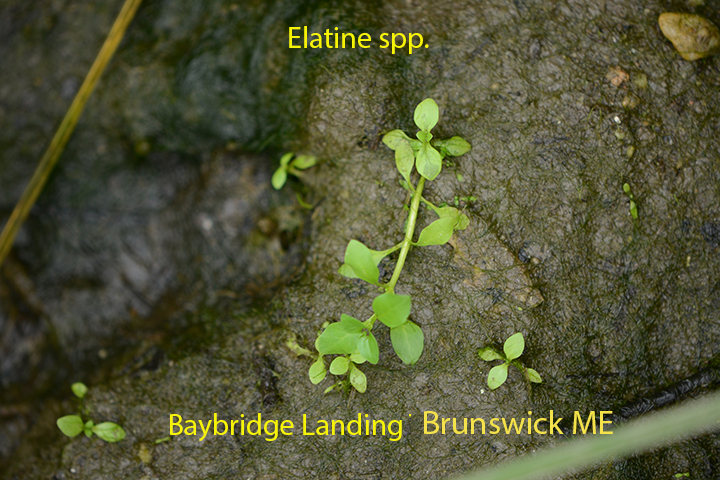
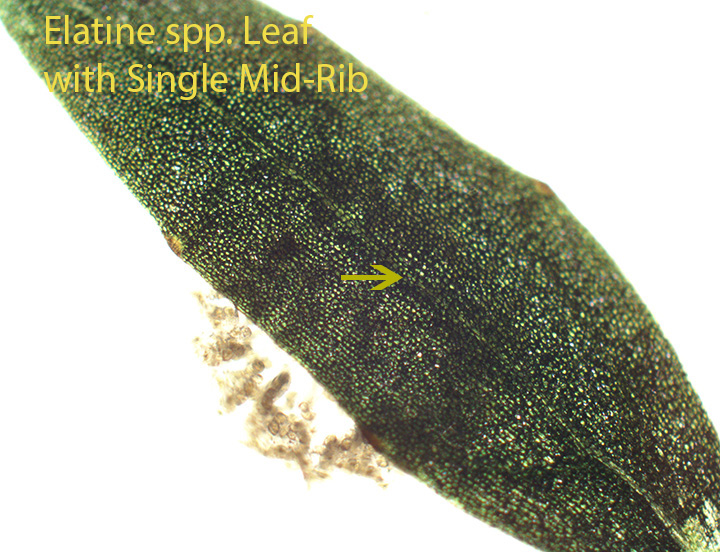
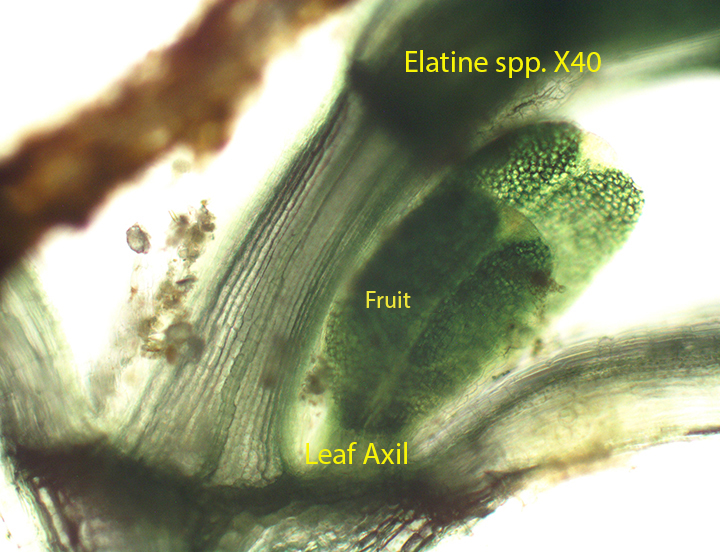 _________________________________________
_________________________________________
5. Hydrocharitaceae (Frog’s-bit family)
Elodea canadensis (American Waterweed)
http://en.wikipedia.org/wiki/Elodea
http://Plants.usda.gov/java/profile?symbol=ELCA7
American Waterweed, Elodea canadensis is one of the most abundant species here. It often covers large areas and is usually submerged even at low tide. There are three leaves, each about 15 mm long, in a whorl at each node. Plants are anchored by a root system; however they can propagate by fragmentation (asexual). Pieces break away from the attached plant and float to a new place where they can re-root or grow unattached. Although they can produce seeds, this is the main way that they reproduce. Fragmentation allows them to colonize new areas quickly giving them an advantage over many other species. Elodea is an important food item for waterfowl, beaver and muskrat. The plant also provides habitat for many small aquatic invertebrates. It is used in Biology classes throughout the country to show movement of cytoplasm within the cell (Cyclosis) and to show the effects of salt concentration on cell volume. Also, a mixture of Elodea leaves in water has been known to induce vomiting.
The following adaptations give the Elodea a competitive edge in this hostile environment:
1. Roots hold the plant firmly in place.
2. Release of fragments that can travel to new locations and grow into new plants enhances their ability to quickly colonize new areas.
3. Leaves in whorls (groups of 3) provide the surface area necessary to collect enough light to fuel the process of photosynthesis in turbid water.
4. Elodea mats trap sediments and help prevent erosion.
5. The mats also provide a large amount of surface area available for colonization by microscopic animals and plants.
___________________________________________
6. Family Hydrocharitaceae:. Vallisneria americana (Wild Celery or Tape Grass)
http://en.wikipedia.org/wiki/Vallisneria_americana
http://Plants.usda.gov/java/profile?symbol=VAAM3
This species is most abundant in tidal creeks that empty into the marsh. Long thin leaves of this common, submerged plant extend into the water column as a cluster from a short buried stem . The stem is attached to a horizontal underground rhizome (runner) that extends for a distance and gives rise to a stem and another set of basal leaves and roots below the leaves. The distance between groups of basal leaves is called an inter-node. Both the roots, rhizomes and most of the stem lie under the sediment. Each leaf, about ½ meter in length, has a distinct mid rib. Wild celery leaves, stems, roots and underground rhizomes help prevent erosion by stabilizing sediments. Stable sediments in turn provide a more secure environment for small aquatic invertebrates, many of which are important food sources for waterfowl and fish.
Adaptations:
1. Subsurface rhizomes and roots firmly anchor the plant preventing it from being easily dislodged.
2. The long thin blades conform to the shape of the flowing water ,thereby reducing drag on the attached plant.
3. Numerous, relatively wide, leaves, collect enough light to fuel the process of photosynthesis in turbid waters.
4. Underground rhizomes (runners) allow quick colonization of new areas. The rhizome grows a certain distance and gives rise to roots and above them a short stem and cluster of leaves.
5. The abundant, strongly attached plants, stabilize the sediment, helping to prevent erosion.
_____________________________________
7.Family Hydrocharitaceae :Najas flexilis
http://en.wikipedia.org/wiki/Najas_flexilis
http://plants.usda.gov/java/profile?symbol=NAFL
Thin multi-branched stems are about 1 meter long.Thread-like, opposite leaves, about 14 mm long, taper to a fine point. Generally there are more leaves crowded at the anterior end giving the plant a bushy appearance. There are small, one-celled spines along the leaf margin. Small inconspicuous flowers, lacking sepals and petals form in the leaf axils. Flowering takes place from about July to August. It is also common in the mid intertidal.
________________________________________
8. Lentibulariaceae (Bladderwort Family)
Utricularia macrorhiza ( Common Bladderwort)
http://en.wikipedia.org/wiki/Utricularia
Bladderwort lacks roots and for the most part, is free-floating. The long, thin,branched, flexible stem can also become embedded in the sediment, thus holding the plant securely in place. Leaves, about 25 mm long, are attached alternately to the stem. Each leaf is branched several times. Small bladders are formed at some of the forks on the branched leaf. Each hollow bladder has a “trap door” that seals the outside from the inside. When small prey (mainly invertebrates) touch sensitive hairs near the “trap door”, the door opens and water along with prey rushes into the bladder. This happens because water pressure inside the bladder is less than that outside. The door then closes and digestion commences. As Fall approaches leaf masses (winter buds) form at the stem tip. They eventually fall to the bottom where they stay until spring eventually growing into a complete plant. Bladderworts provide habitat for small invertebrates (larger than the bladders) and small fish. Bladderworts are reported to have astringent properties.
_________________________________________________________
9. Nymphaeaceae (Water-Lily Family)
Nuphar variegatum (Yellow pond-lily)*****
http://en.wikipedia.org/wiki/Nuphar
http://Plants.usda.gov/java/profile?symbol=NULUV
Yellow Pond Lilly has floating leaves (about 20 cm wide) that are attached by stalks (up to 1 meter in length) to a thick underground, horizontal rhizome that firmly anchors the plant in the substratum .Roots extend into the substratum from the rhizome. The underside of the leaf is green. Yellow flowers are borne on a stalk that is attached to the rhizome. Young leaves, seeds and rhizomes are reported to be edible. American Indians used dried, macerated roots and rhizomes as flour. There are also reports that macerated fresh roots were used as a poultice to treat skin sores.
Adaptations:
1. Large floating leaves intercept light at the water/air interface,an advantage in turbid waters. The underside of the leaf is often colonized by a variety of invertebrates providing a place to hide from predators as well as a place where they can feed and reproduce.
2. Large horizontal rhizomes hold the plant firmly in place.
3. A thick stalk secures the leaf firmly to the rhizome.
___________________________________
10. Nymphaea odorata (White Water Lily or Fragrant Water Lily) *****
http://en.wikipedia.org/wiki/Water_lily
http://Plants.usda.gov/java/profile?symbol=NYOD
Seeds, young leaves and rhizomes are reported to be edible. In addition the plant is a food source for waterfowl.
Adaptations:
Essentially the same as listed for the Yellow Pond Lilly.
_____________________________________________
11. Onagraceae (Willowherb Family)
Ludwigia palustris (Water- Purslane )
http://en.wikipedia.org/wiki/Ludwigia_palustris
http://plants.usda.gov/java/profile?symbol=LUPA
Water-Purslane may also live on the bottom between larger marsh plants and on soft or hard packed sediments in the upper intertidal.The stems are thin and tend to bend and creep over the sediment surface. Sometimes they grow so profusely that they form mats. Roots characteristically grow from several low to middle stem nodes. Also more stems may grow from leaf axils. Lance-shaped leaves, about 2.5 cm long and 1.3 cm wide, are arranged opposite one another along the stem. Leaves are attached to the stem by a narrow base. Flowers, formed in leaf axils, are characterized by 4 longitudinal green lines. The fruit is a 4-sided capsule. Flowers are formed from about July to September.
___________________________________________
12. Plantaginaceae (Plantain Family)
Callitriche palustris (Water-Starwort)
http://en.wikipedia.org/wiki/Callitriche
http://plants.usda.gov/java/profile?symbol=CAPA52
Water-Starwort is a relatively small species that lives here as well on the bottom between larger marsh plants and on soft sediment in the upper intertidal.The stem is weak and the plant generally lies flat against the sediment surface at low tide. Leaves (About 1.5 cm long and 2.5 mm wide) are attached opposite one another on a single, unbranched stem. The 3 nerved (3 unbranched veins) leaves are broad above the base and taper to a blunt end. Leaves are attached to the stem by a narrow extension of the base. Inconspicuous flowers with 4 sepals are formed in the leaf axils from about May to August. The fruit is distinctly grooved.
________________________________________________
13.Potamogetonaceae (Pondweed family)
Potamogeton perfoliatus (Clasping-leaved Pond-weed)*****
http://en.wikipedia.org/wiki/Potamogeton_perfoliatus
http://Plants.usda.gov/java/profile?symbol=POPE7
Ovoid, rounded leaves (about 25mm long) are attached to a stem that can extend a long distance into the water column. Leafs are generally arranged alternately along the stem; leaves are about 25 mm apart (inter-node distance). The stem is attached to an underground, horizontal rhizome.Roots extend from the rhizome into the sediment .This species forms over-wintering buds at the ends of the rhizomes. Potamogeton is an important food source for waterfowl, fish and invertebrates. Pond-weed root systems help to stabilize the soft mud ,preventing erosion.
The following adaptations give the plant a competitive edge in this hostile environment:
1. Underground rhizomes and roots firmly anchor the plant in the relatively soft sediment.
2. Relatively large alternately arranged leaves enable the plant to gather adequate light for photosynthesis in a turbid environment.
3. The 4th photograph shows each plant extending in a straight line caused by the unidirectional flow of tidal water. Leaves are pushed closer to the stem. This could reduce drag caused by water movement preventing plants from being torn loose. Is it possible that the twisted leaves help in this process? Explain.
_________________________________________________________________
14. Potamogeton epihydrus (Ribbon leaf Pondweed)*****
http://en.wikipedia.org/wiki/Potamogeton_epihydrus
http://Plants.usda.gov/java/profile?symbol=POEP2
Ribbon-leaved Pond-weed has two types of leaves, floating and submerged. Floating spoon-shaped leaves, about 30 mm long, extend from the upper part of the stem while the submerged leaves are thin and elongate. Stems and roots arise from an underground horizontal rhizome . Pond -weed serves as an important source of food for water fowl and as habitat for small invertebrates and fish. Pond-weed root systems help prevent erosion by stabilizing the sediment.
Adaptations:
1. Submerged rhizomes and roots hold the plant firmly in place.
2. Rhizomes grow laterally allowing quick colonization of bare areas.
3. The floating leaves offer a large surface area necessary to collect adequate light for photosynthesis.
4. Does the shape of the submerged ribbon-shaped leaves give a selective advantage to this species.? Explain. What about the spoon-shaped surface leaves?
___________________________________________
15. Potamogeton spp.
The Pond-weed shown below is common in the upper intertidal. It may be a modified form of P. epihydris.
_______________________________
16. Common Macroscopic Invertebrates
a. Phylum Porifera, Spongilla spp. (Freshwater Sponge) *****
http://en.wikipedia.org/wiki/Spongilla
Spongilla spp. is often attached to exposed rocks at the low to high tide line in areas with fast-moving water such as tidal creeks. They form tan to green crusts on rock surfaces. The green color is caused by green photosynthetic algae that live inside certain sponge cells. Sponges filter-feed by drawing particles into small circular openings on the sponge body (ostia) that lead into a canal system which connects to a central chamber that connects to the outside through the osculum. The canal system is visible on outer edges of the sponge on the last two photographs. The osculum is located at the tip of finger-like extensions shown in all the photographs. Microscopic flagellated cells (Choanocytes), located in chambers within the canal system, circulate water and consume food particles in much the same way as an amoeba feeds. Particles stick on the cell membrane below the flagellum. The cell membrane wraps around the food particle and eventually completely encircles it (food vacuole). Digestion occurs within the food vacuole. As fall approaches most of the sponge cells die. As this is happening, undifferentiated cells called amoebocytes mass together forming small rounded, over -wintering, structures called gemmules. As spring approaches the amoebocytes leave the gemmule and collectively form a new sponge.
_____________________________
b. Phylum Mollusca, Class Bivalvia, Family Unidontidae Anadonta implicata *****
http://en.wikipedia.org/wiki/Anodonta
Anadonta implicata ,a freshwater mussel about 8 cm long, is abundant in Merrymeeting Bay. The valves have no shell teeth and are held together by ligaments only. The mollusc is often buried in the sediment with only the anterior portion of the shell visible. Cilia on the gills pull water into the larger opening (incurrent siphon) and push it out through the smaller opening (excurrent siphon). Papillae around the incurrent siphon prevent large particles from entering the mantle cavity that houses the gills. They feed on plankton and detritus. Food is entangled in mucus on the gills and is eventually passed to the mouth. They are capable of moving around as shown below. Mussel populations are an important part of the food chain, transferring energy from plankton and detritus to fecal pellets that can be consumed by bottom dwelling invertebrates.
Adaptations:
1. A hard shell helps protect the bivalve\ from being consumed by predators.
2. Papillae on the incurrent siphon prevent large particles from entering the mantle cavity and interfering with food gathering and gas exchange.
3. Larval mussels attach to fish gills for part of their life cycle. Why would this be beneficial to the mussels?
____________________________________________
c. Phylum Arthropoda, Class Crustacea, Order Amphipoda. Amphipod (about 8 mm long) (Sideswimmers or Scuds)*****
http://en.wikipedia.org/wiki/Amphipod
http://en.wikipedia.org/wiki/Gammarus
Amphipods on the marsh surface feed for the most part on dead and decaying matter. As food passes through their digestive tract, it is broken down and assimilated. The remaining material passes to the outside as fecal pellets and becomes food for other organisms. They can walk on the sediment surface or swim rapidly on their sides.
Adaptations:
1. Tough protective exoskeleton
2. High reproductive potential that helps ensure their survival
3. Able to feed on a variety of foods (Omnivore) thus enhancing their ability to survive.
____________________________________________
d. Phylum Arthropoda, Class Crustacea, Order Decapoda (Crayfish)
http://en.wikipedia.org/wiki/Crayfish
Crayfish are scavengers; however they basically feed on vegetation. The male inseminates the female and the fertilized eggs are attached by the female to her abdominal swimmerets where they develop for a time before they are released.
Adaptations:
1. Hard protective exoskeleton
2. Specialized mouth parts that can shred plant material.
3. Powerful tail that can pull the animal rapidly backwards when threatened.
4. Retain developing eggs for a time on their swimmerets thereby increasing their chances of surviving.
____________________________________________
e. Phylum Arthropoda, Class Insecta, Order Odonata Dragonfly*****
http://en.wikipedia.org/wiki/Odonata
Dragonfly Adult
Dragonfly adults, about 5 cm long, capture and consume live insects in flight. Males and females copulate and fertilized eggs are deposited in water where they develop into nymphs that molt several times over a period of a year or two depending on the species, eventually developing into an adult that leaves the water and flies away. The nymphs shown below are about 10 mm in length.
Adult
____________________________________________________________
___________________________________________
f.Phylum Arthropoda, Class Insecta, Order Odonata, Damselfly *****
http://en.wikipedia.org/wiki/Damselfly
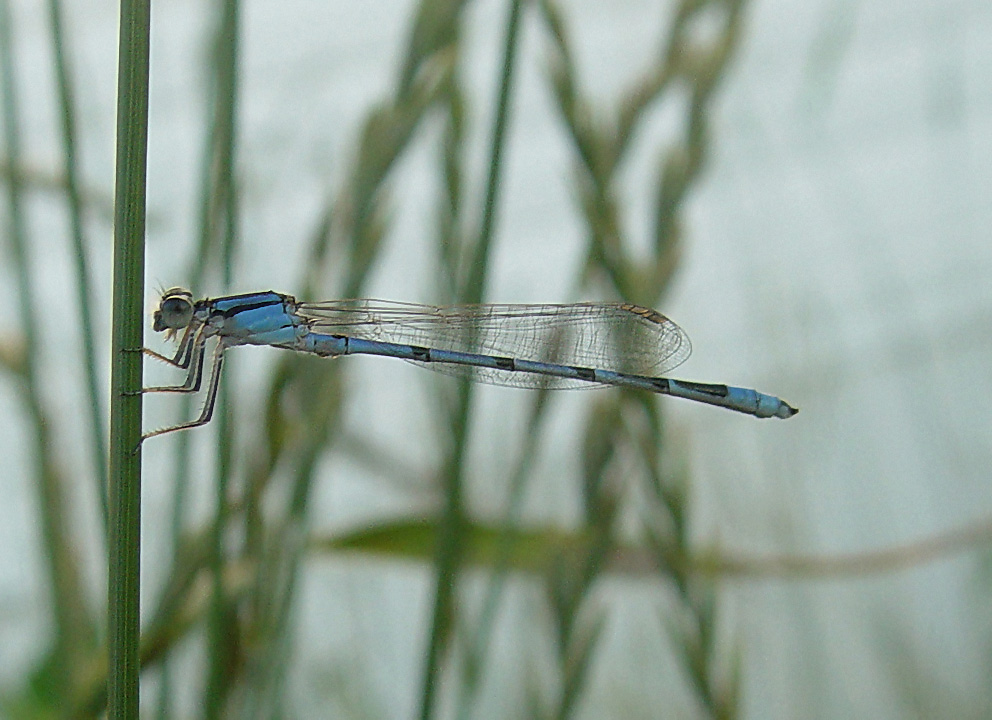 Damselfly Adult
Damselfly Adult
Damselflies (about 30 mm long) have the same general features as dragonflies. The wings of the adults however are held dorsally (Above the body) when at rest whereas dragonfly wings are held horizontally. Damselfly nymphs (about 20 mm long) have three external gills while those in the dragonfly nymph are located internally in the rectum.
Adaptations:
1. Protective coloration. The nymphs blend in with their environment making them more difficult for predators to find.
2. The nymphs feed on stream insects while the adults feed on flying insects. Why is this important?
________________________________________________________________
g. Phylum Arthropoda, Class Insecta, Family Notonectidae Notonecta sp.*****
http://en.wikipedia.org/wiki/Notonecta
As the common name suggests backswimmers (about 12 mm long) orient themselves upside down in the water column. Frequently they lie at an angle just below the surface with the tip of the abdomen at the air-water interface. Air is held on the abdomen by fringes of hairs located under the wings, allowing the animal to “breath” under water for periods of time. The first two pairs of legs are short and held close to the body. The third longer pair of legs is modified for swimming. They are usually extended towards the head. When they are simultaneously pulled back the animal is propelled forward. A 3-segmented pointed beak extends downward from the head. They grab and hold prey (small invertebrates as well as small fish and amphibians) with the first two pairs of legs and drive the beak into the animal after which they suck out body fluids. They tend to be dark ventrally and white dorsally (Counter Current Shading) making it difficult for prey to detect them from above or from below. They are generally found near the shore in pools and tend to avoid fast-moving water.
Adaptations:
1. Pair of oar – like appendages (Leg Pair 3) that move them quickly through the water.
2. A hard exoskeleton that protects them against physical damage.
3. A dark ventral surface making it difficult for prey to see them from above and white dorsal coloration (counter current shading) that makes it difficult for prey to see them from below.
____________________________________________
h. Phylum Arthropoda, Class Insecta, Order Hemiptera Corixidae (Water Boatman)*****
http://en.wikipedia.org/wiki/Corixidae
Superficially water boatmen resemble backswimmers, however they don’t swim on their backs and the abdomen is more rounded. The first pair of legs is short and has a spoon-like segment at the end. This is used for stirring up the sediment while feeding. The second pair of legs is long and thin and serves to hold the animal in place. The third pair is also long and thin; however the segments are flattened and used like an oar to propel the animal forward. Their pointed beak is round and they consume small organisms that are stirred up with the first pair of appendages as they move along the bottom. Air is held under the wings and around most of the body allowing the animal to stay submerged for relatively long periods of time.
Adaptations:
1. Hard protective exoskeleton that protects them against physical damage.
2. Third pair of appendages modified for swimming.
3. Ability to carry its own air supply allowing it to remain under water for a time.
4. A dark dorsal surface making it difficult for prey to see them from above and white ventral coloration (counter current shading) that makes it difficult for prey to see them from below.
____________________________________________
i. Phylum Arthropoda, Class Insecta, Order Hemiptera, Family Gerridae (Water Striders) Gerris spp. (Water -Strider)*****
http://en.wikipedia.org/wiki/Gerris
Water- striders, about 15 mm long, have three pairs of thoracic legs. The first is short and designed for grabbing prey. The middle, longest pair is used for locomotion. The third pair is used for balance and helps steer the animal. The tips of the legs have hydrophobic hairs that repel water and allow the legs to rest on the surface tension created at the air water interface. They feed for the most part on insects found on the water surface. They can find food visually and by detecting vibrations emanating from moving prey. The first pair of appendages holds prey and a pointed beak is thrust inside and body fluids are sucked out.
Adaptations:
1. Hard exoskeleton that protects them against physical damage.
2. Ability to “walk on water”.
3. Appendages that are modified for grasping prey (first pair), rapid rowing movement (second pair) and balance (third pair).
____________________________________________
j.Phylum Arthropoda, Class Insecta, Order Coleoptera, Family Gyrinidae (Whirligig Beetles) Gyrinus *****
http://en.wikipedia.org/wiki/Gyrinus
Whirligig beetles, (about 15 mm long) are easily identified by their shiny black outer hard wings and their seemingly erratic movement. They most often travel in large groups tending to stay near the shoreline. They move in a more or less circular path on the surface although they can dive after prey. They carry a bubble of air, visible in the photograph above, beneath the wing covers that allows them to “breath” under water for a time. The compound eyes are each divided into a dorsal and ventral half, thus they can see above and below water at the same time. The second and third pairs of legs are short; however they are flattened and act as paddles propelling the animal forward. The short first pair of appendages is hooked and is used to hold the animal underwater. They feed for the most part on insects trapped on the water surface as well as on small invertebrates and plant material.
Adaptations:
1. Hard outer wing covers that protect them against physical damage.
2. They carry air under their wing covers that allows them to “breath” underwater.
3. The flattened second and third pairs of legs are adapted for swimming.
___________________________________________
k. Microscopic Organisms
1.FreshwaterTidal Marshes In Mid Coast Maine Series1: Guide to Common Protozoans in Mid to Upper Intertidal Sediments at two sites in Merrymeeting Bay and one site in the Lower Reaches of the Androscoggin River
It includes descriptions, photographs and movies of common protozoans and can be accessed at:
https://protozoansintertidal.wordpress.com/
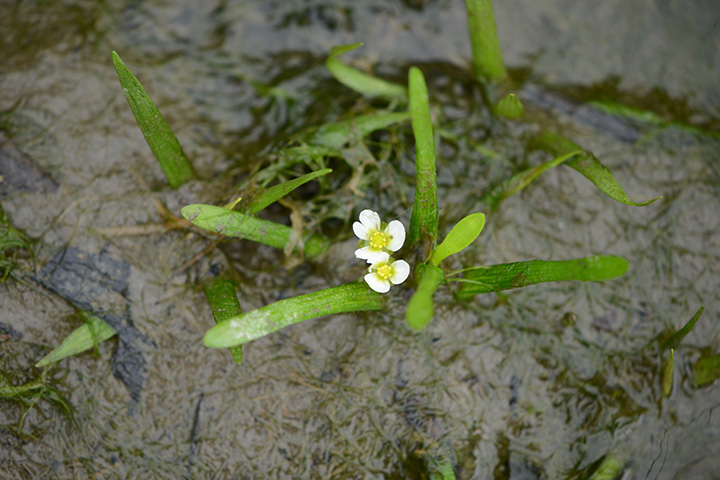
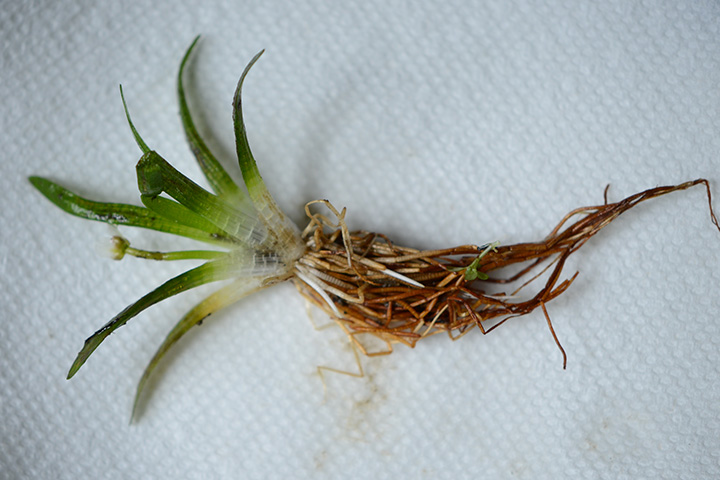
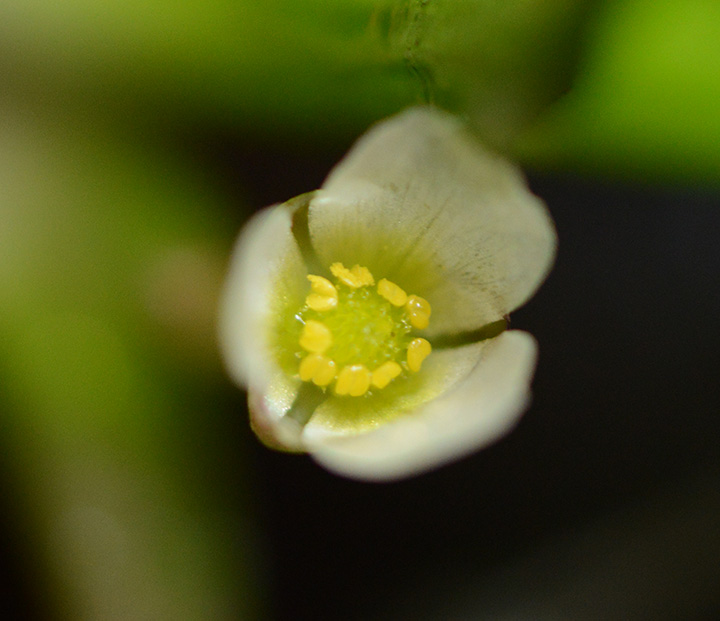
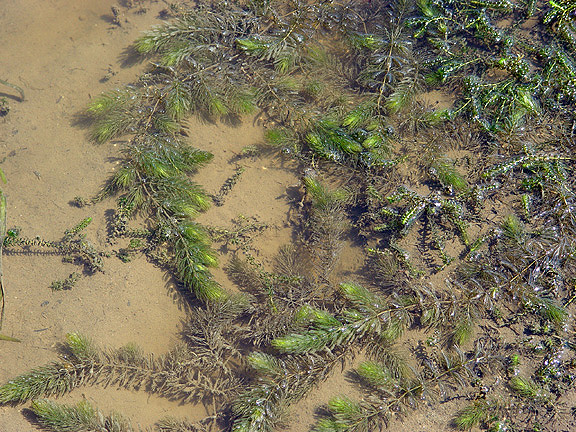
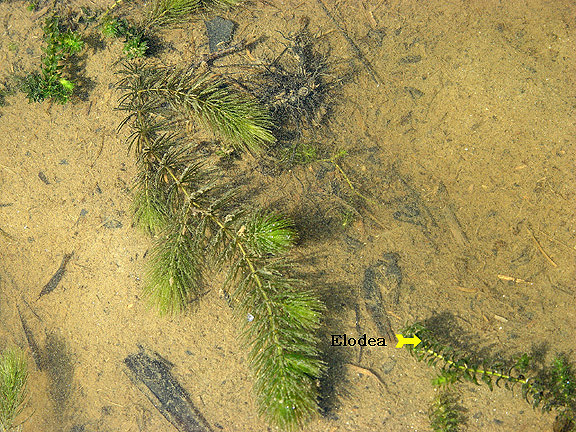
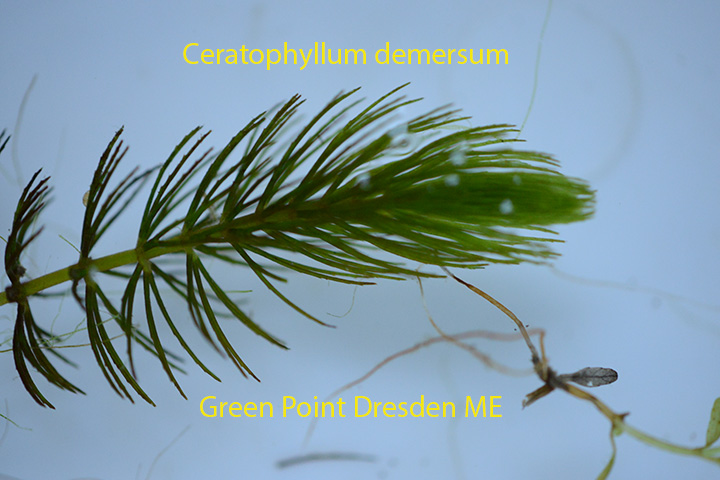
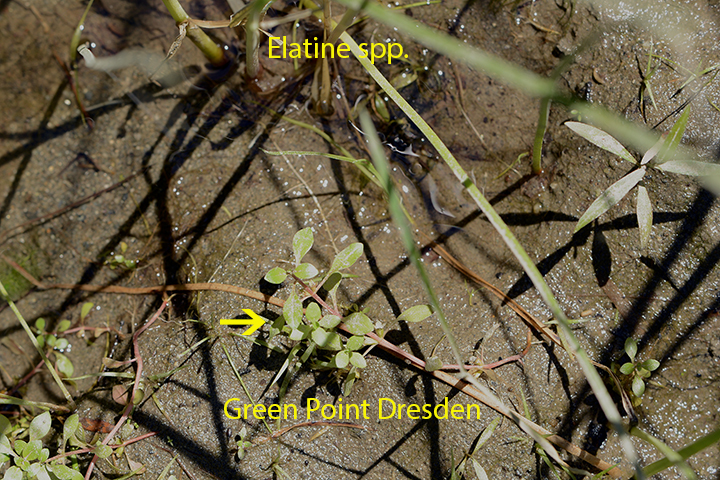
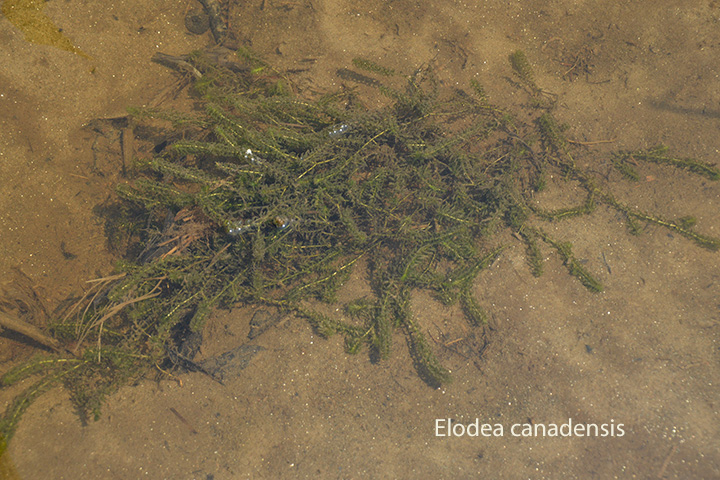
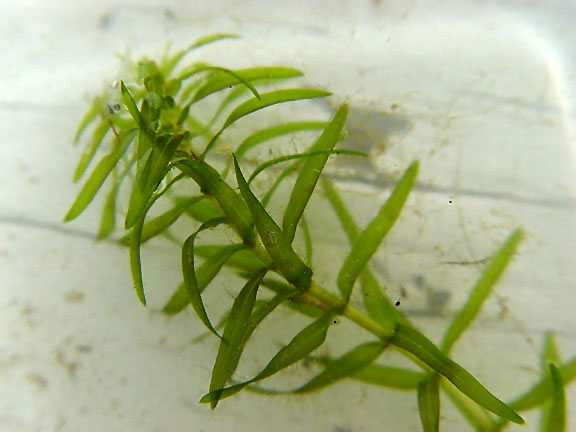
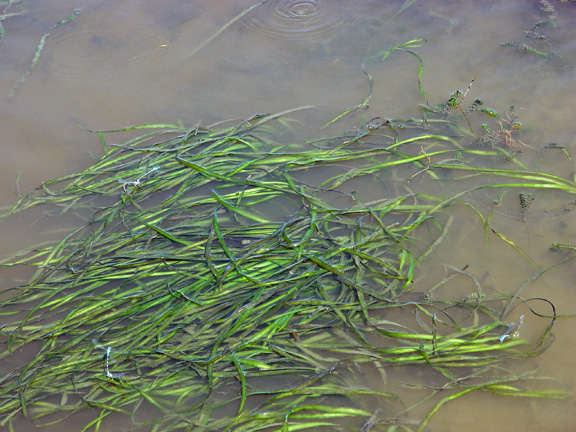
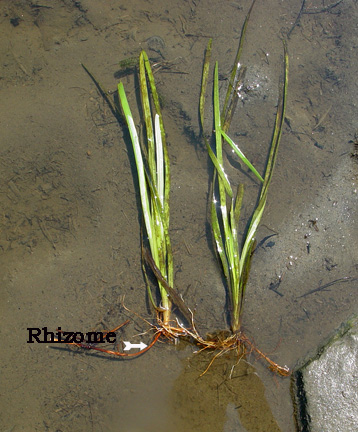
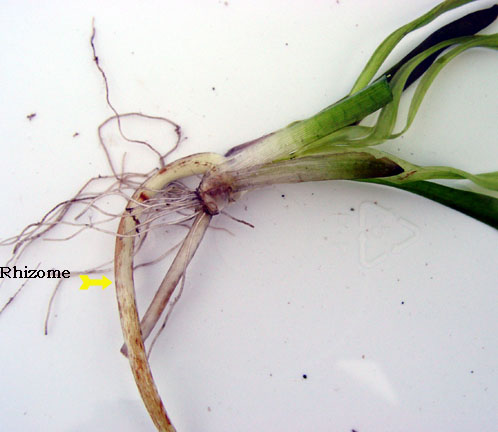

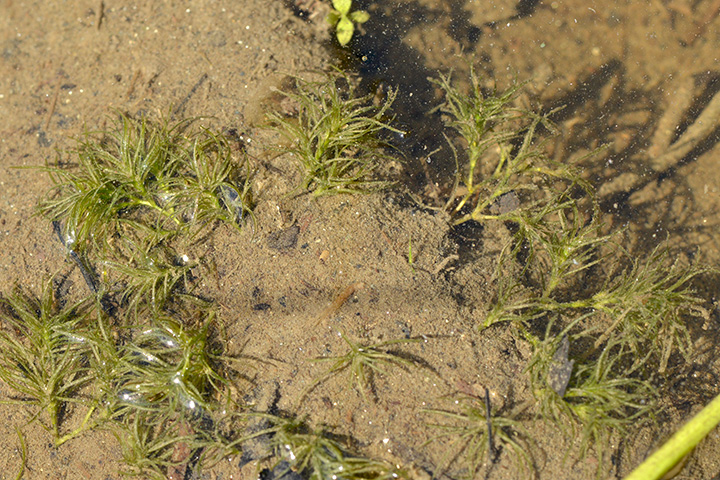
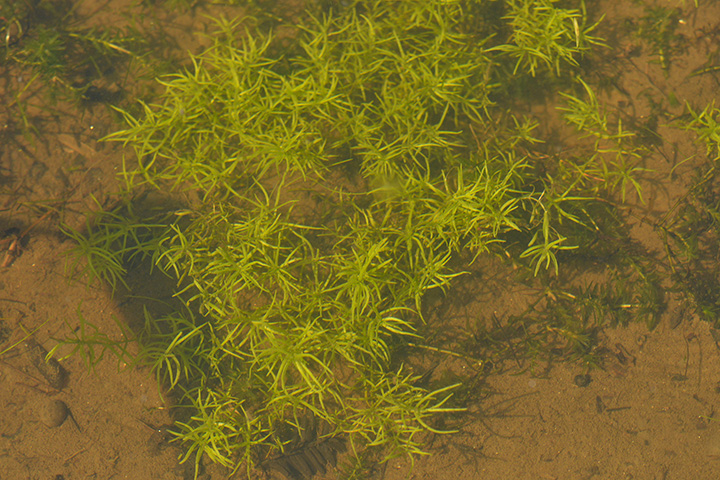
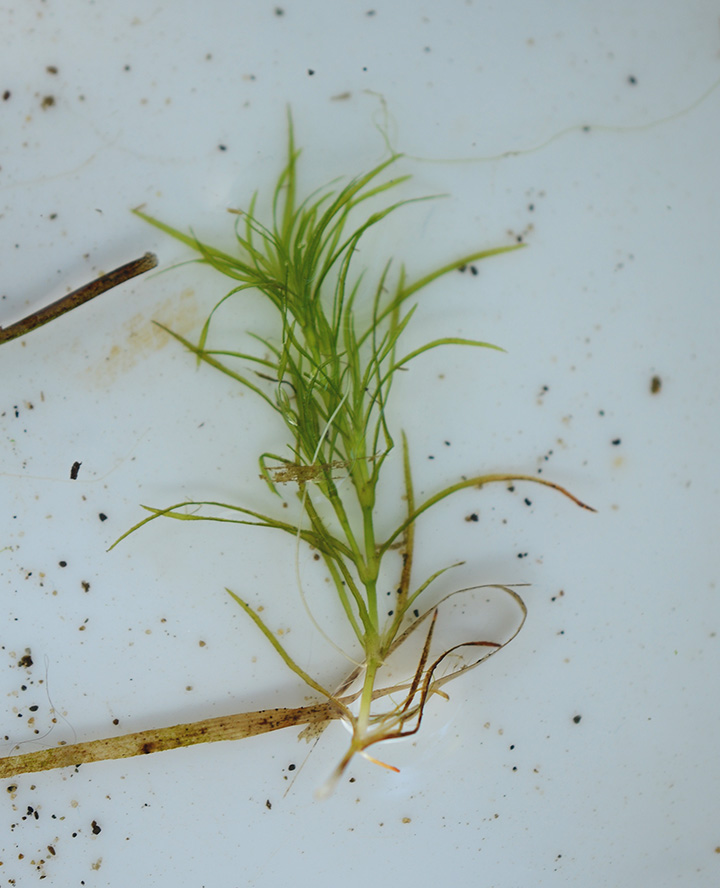
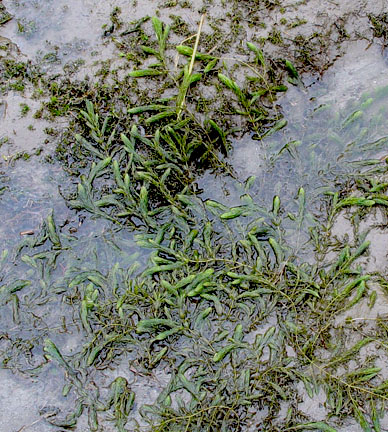
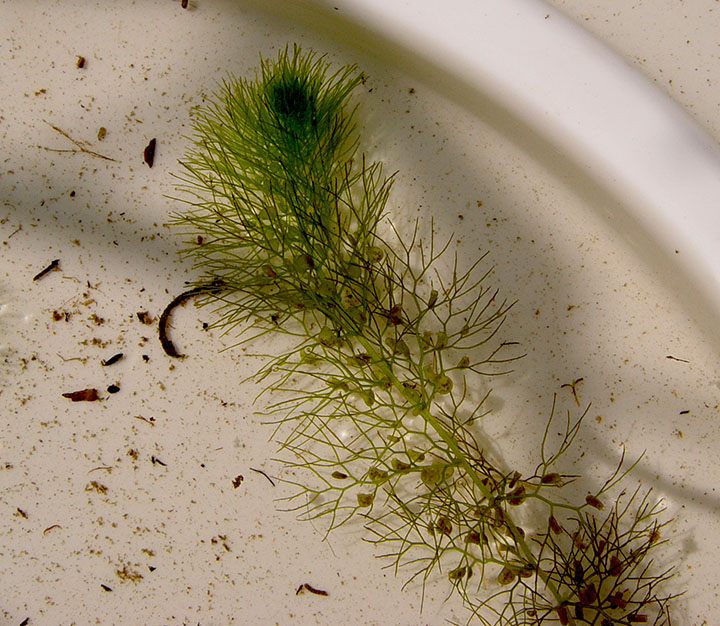

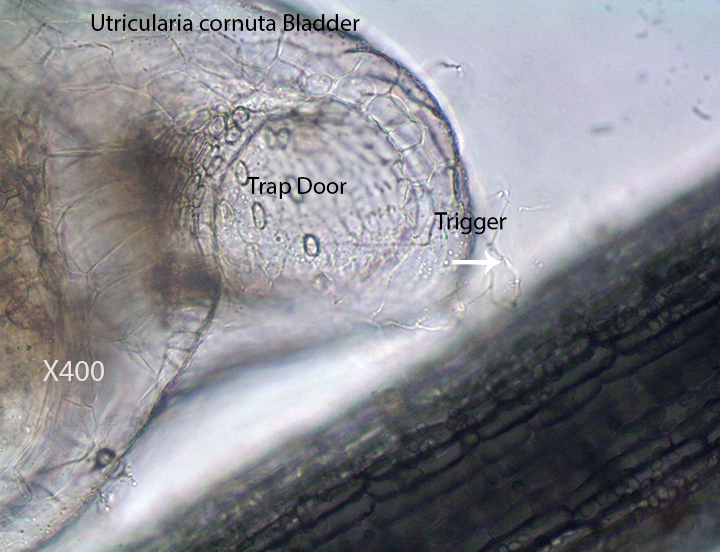
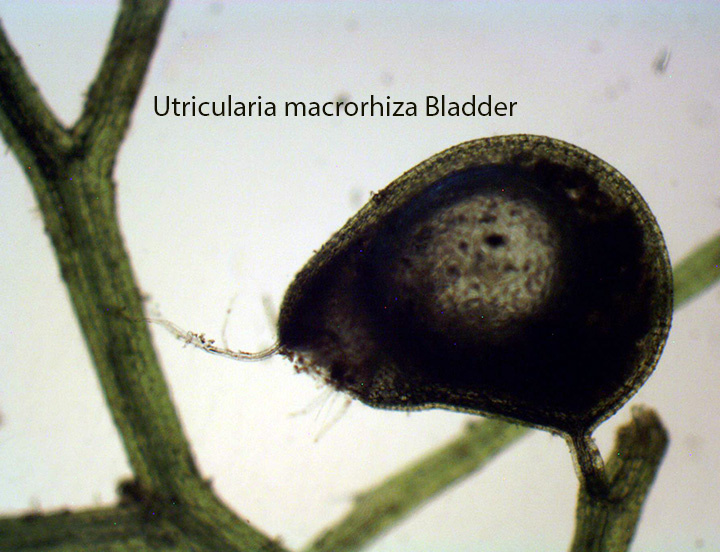

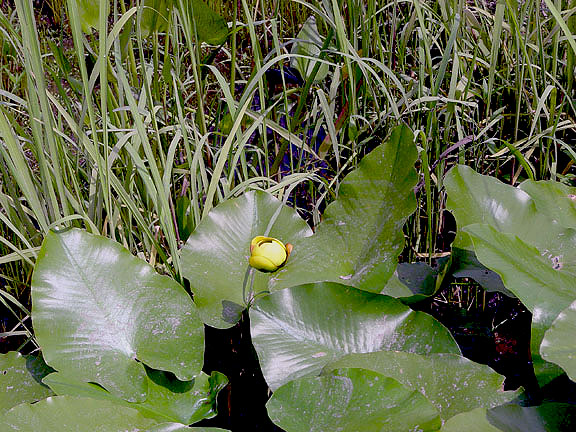

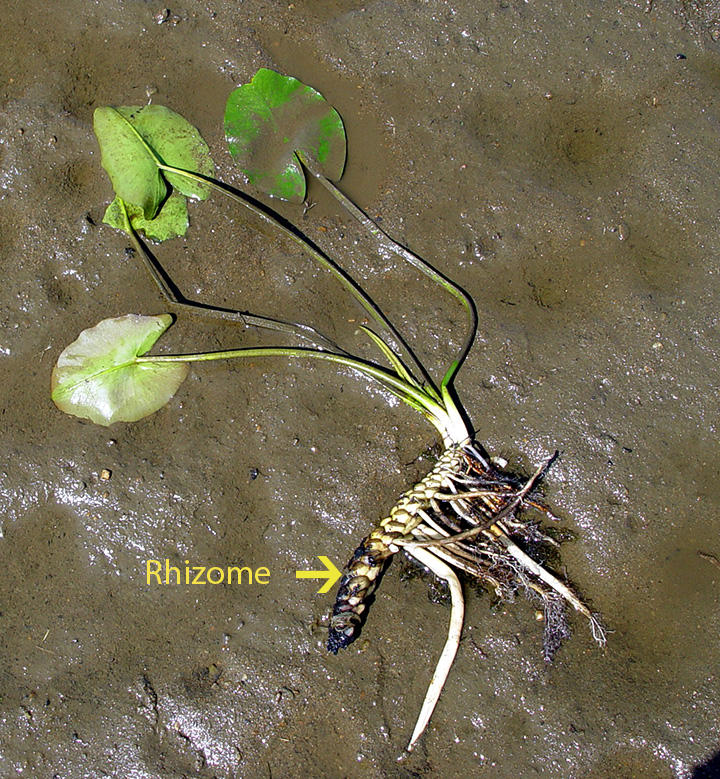

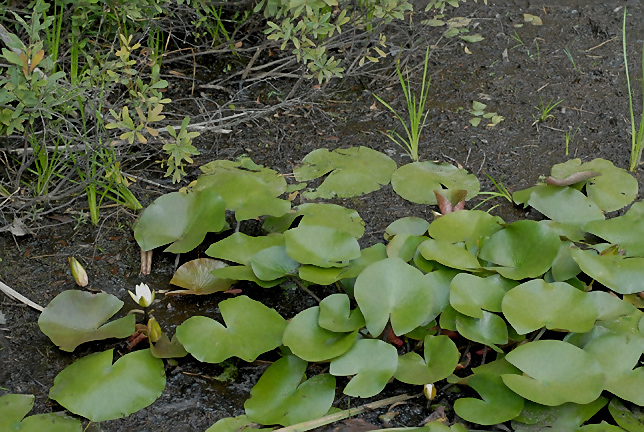

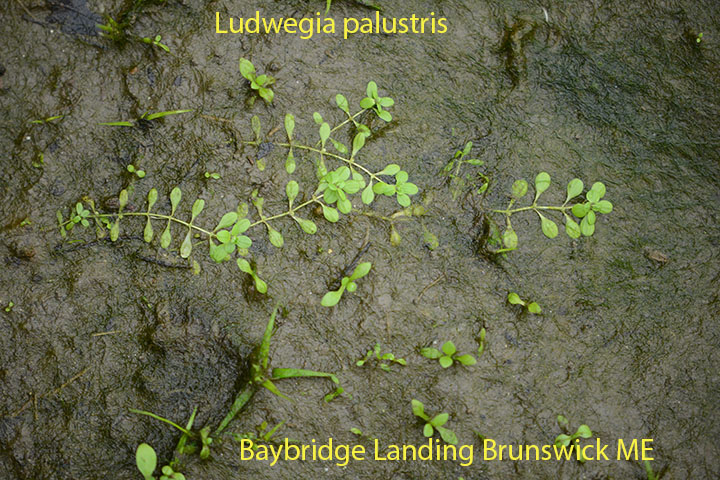
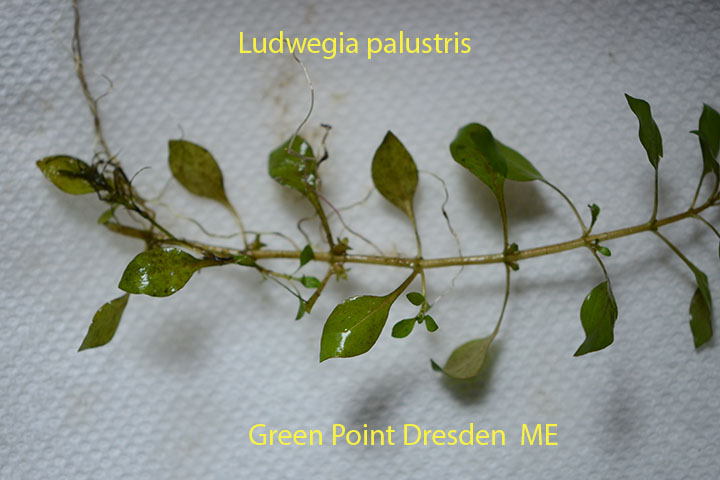
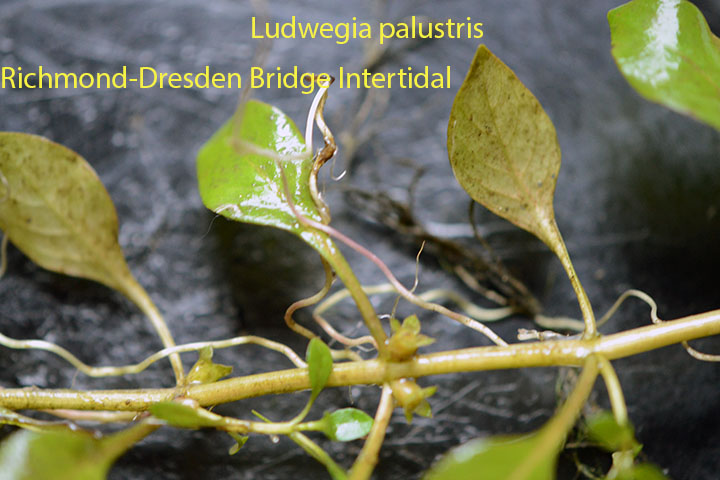
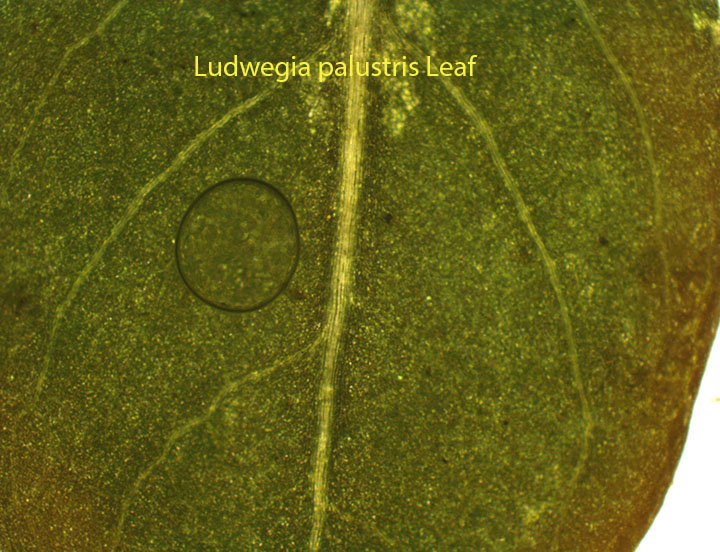
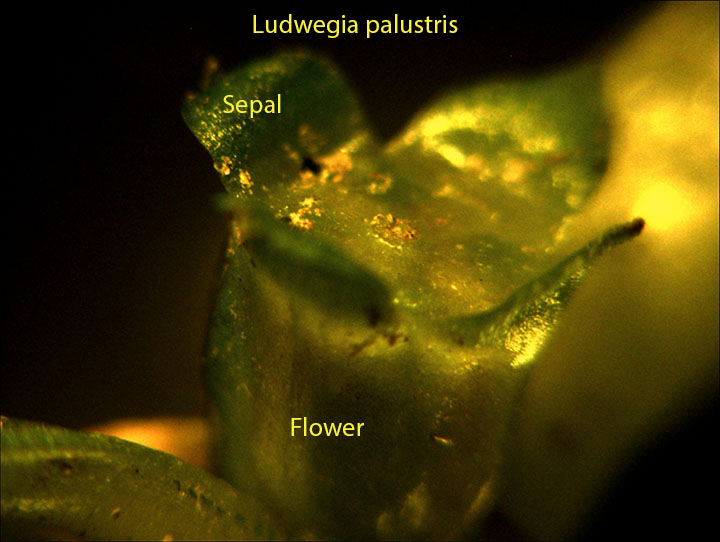
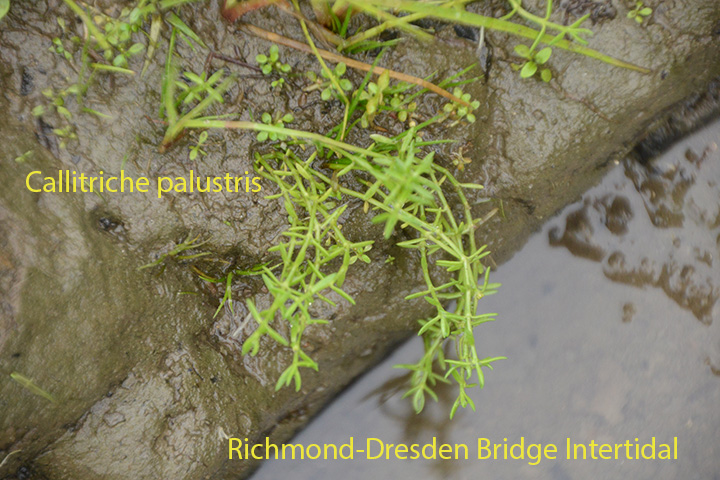
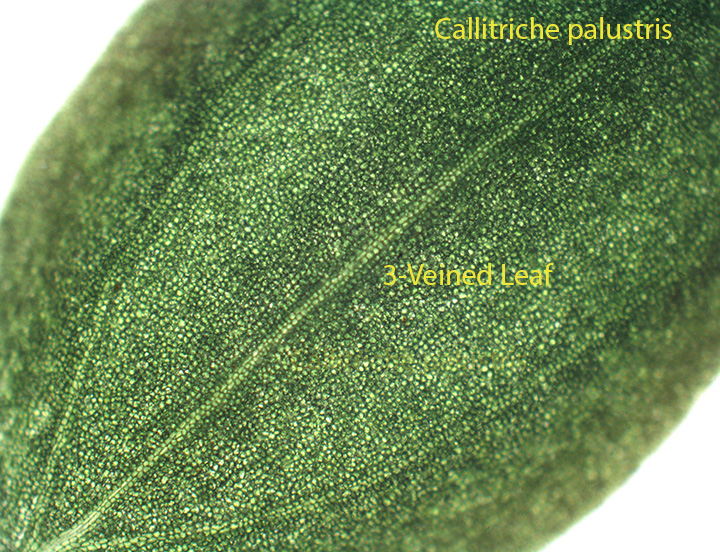
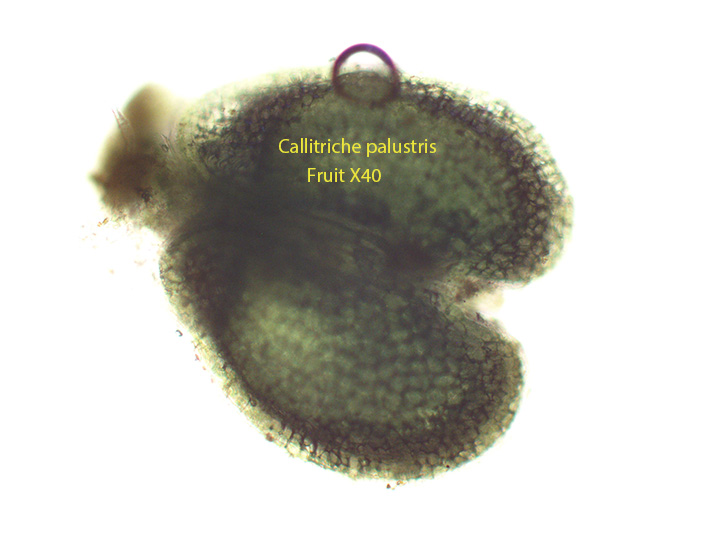

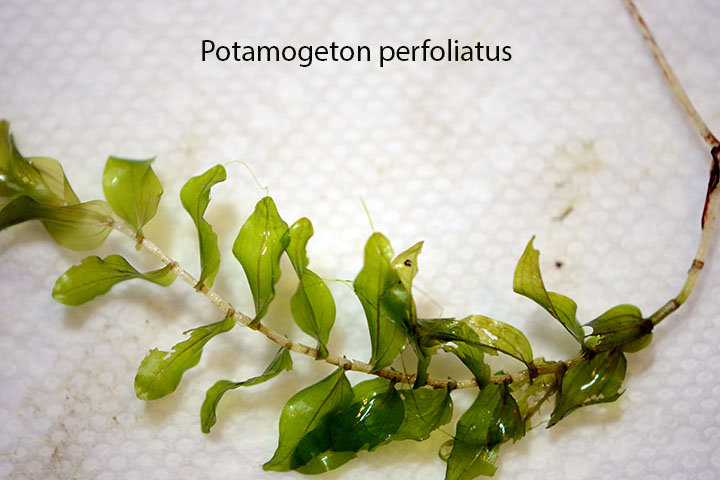


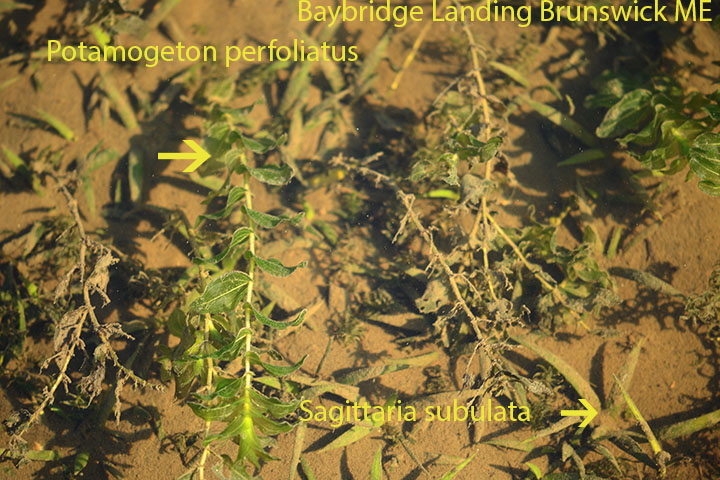
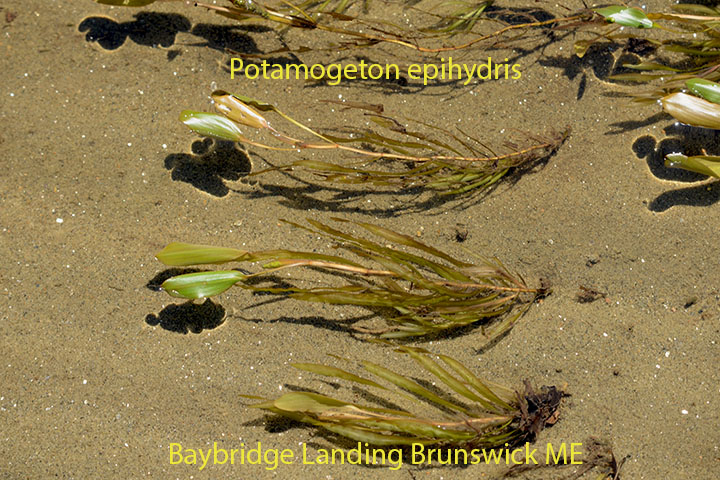


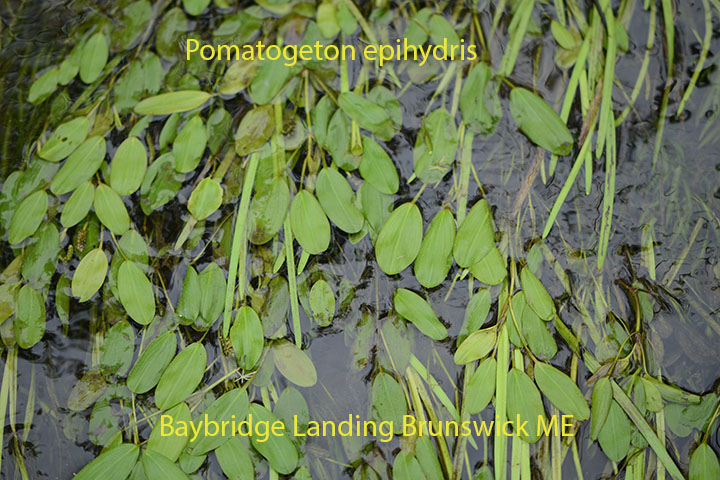

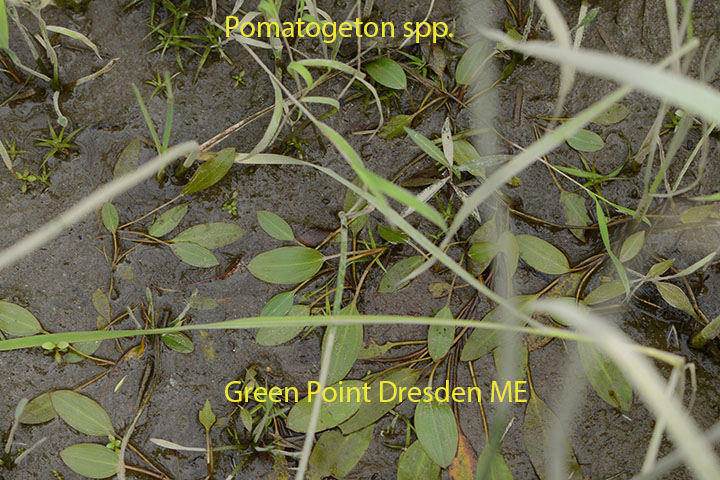
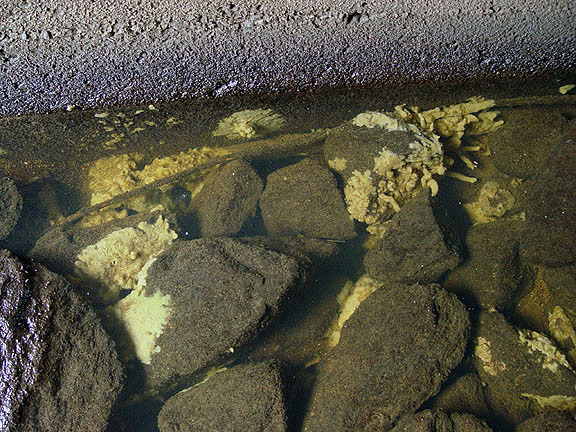
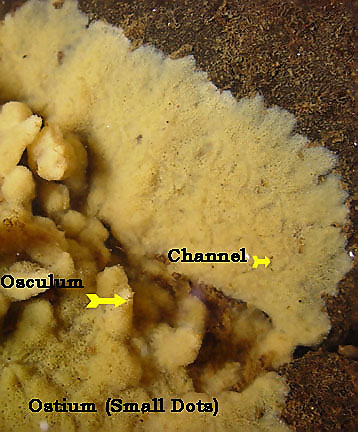
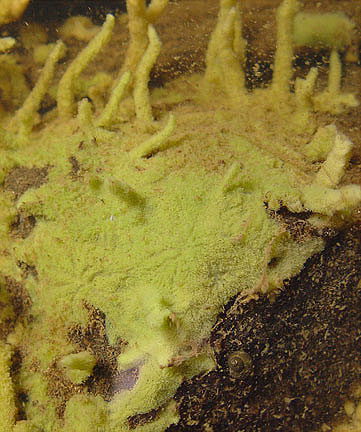
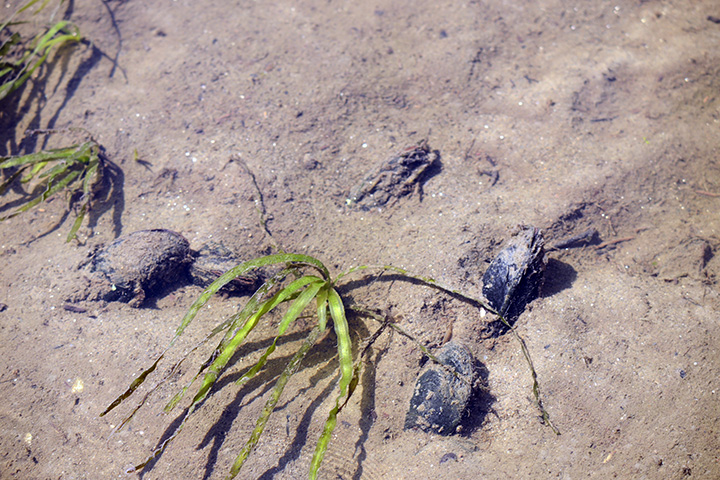
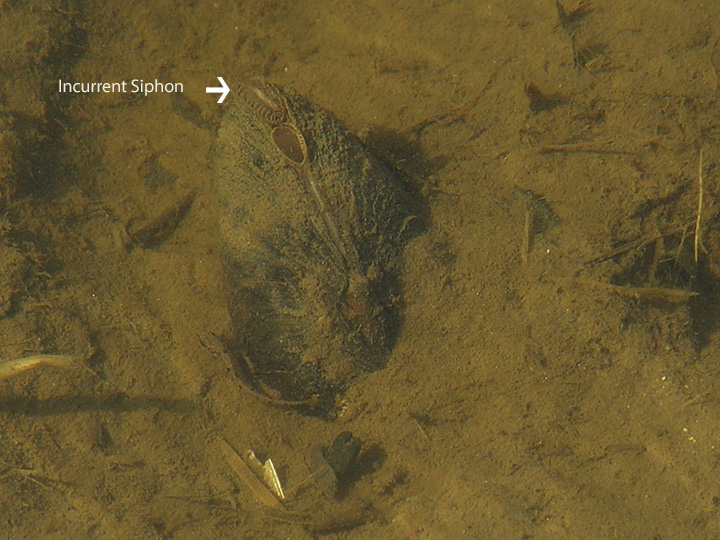
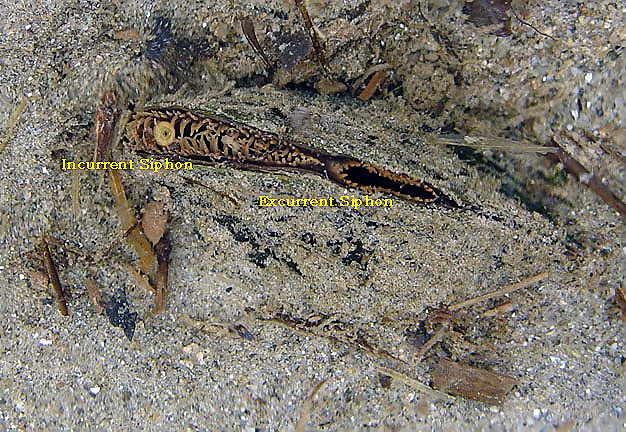



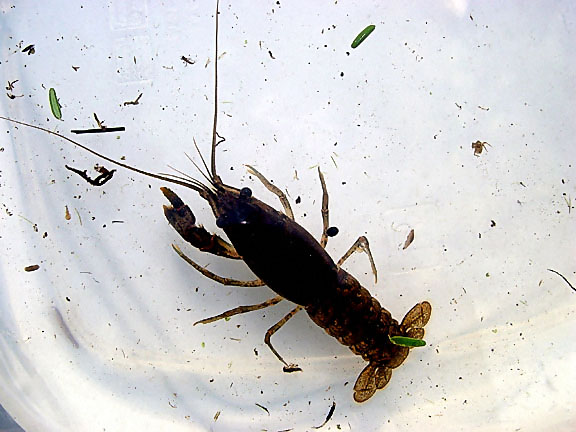
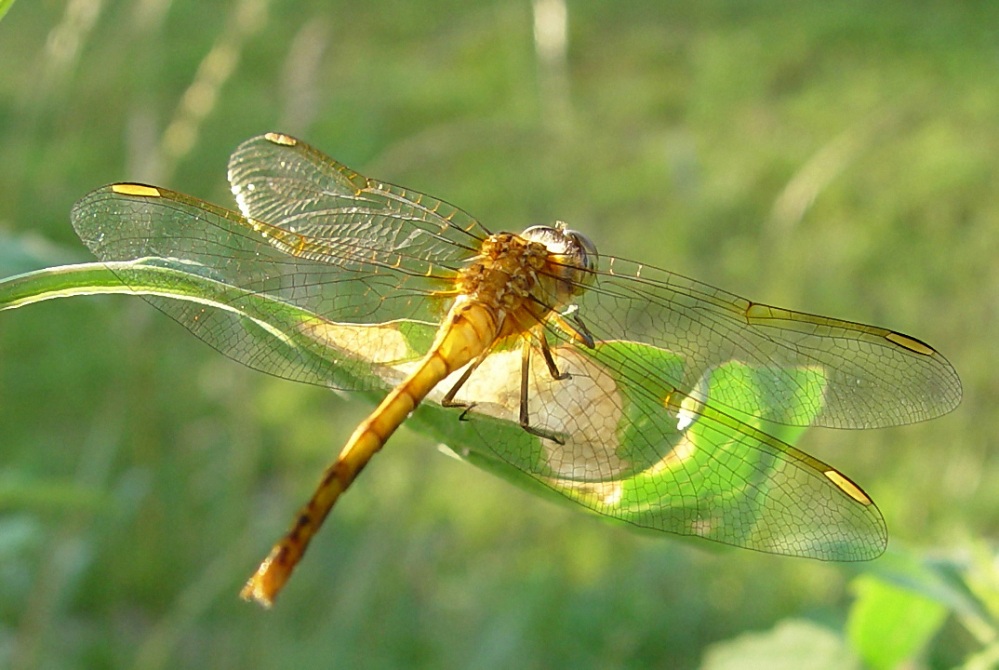
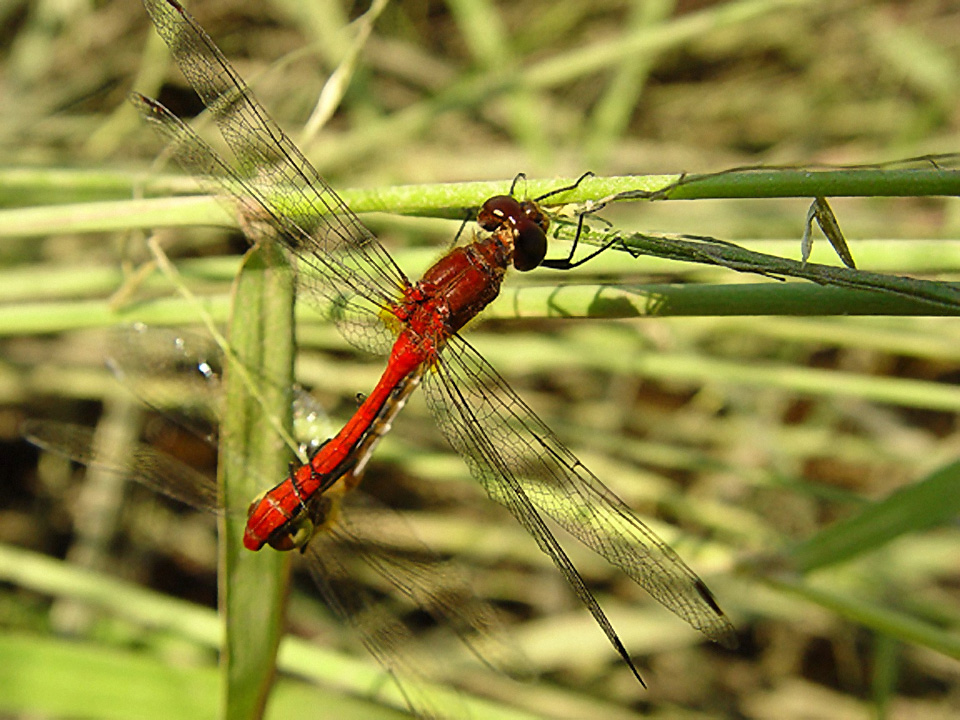
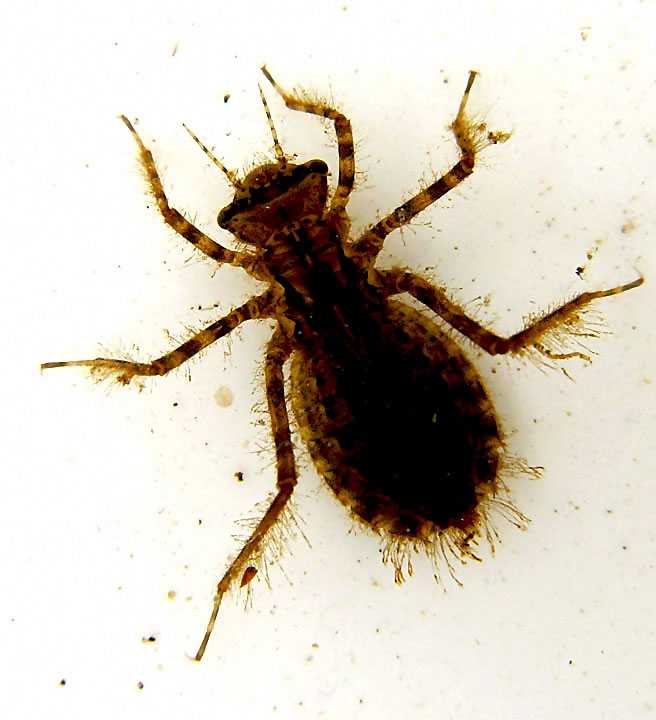
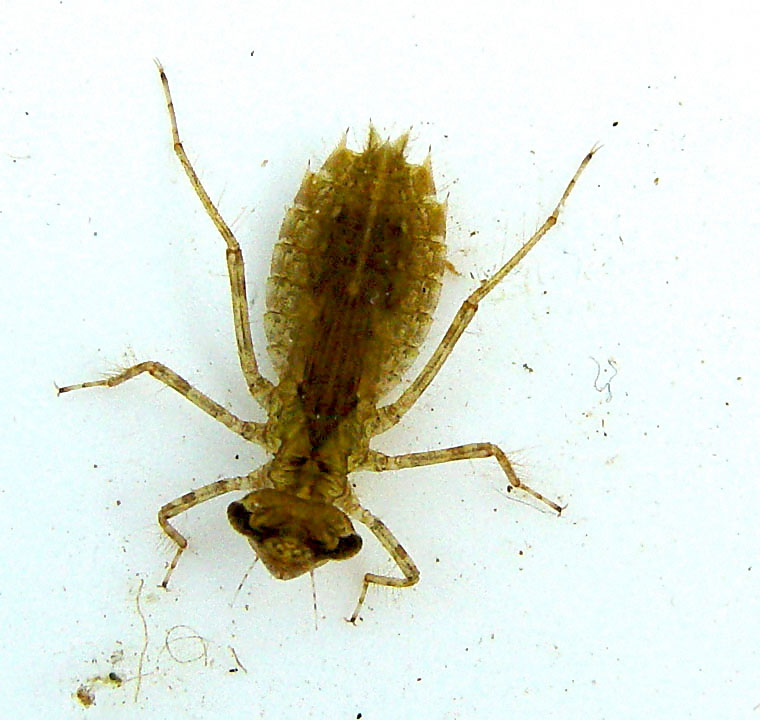
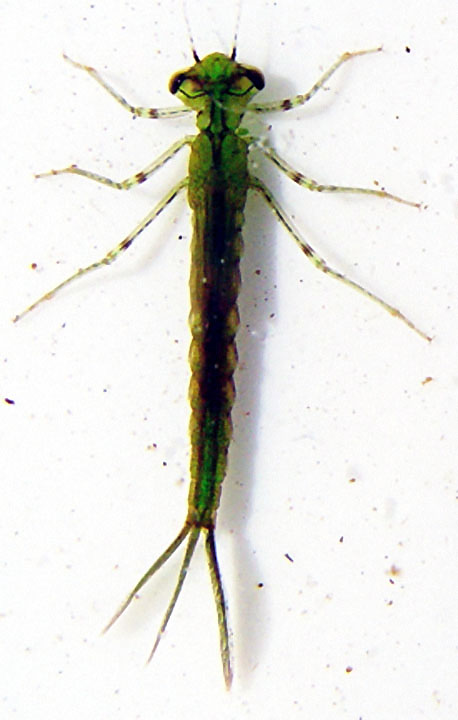
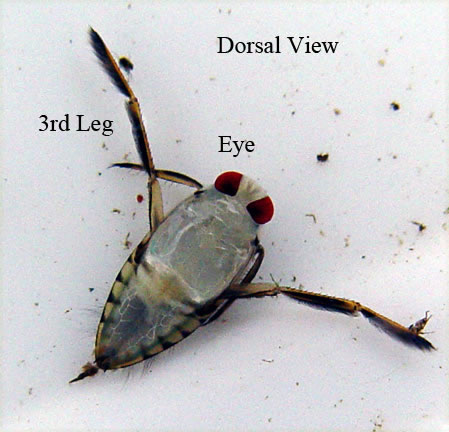
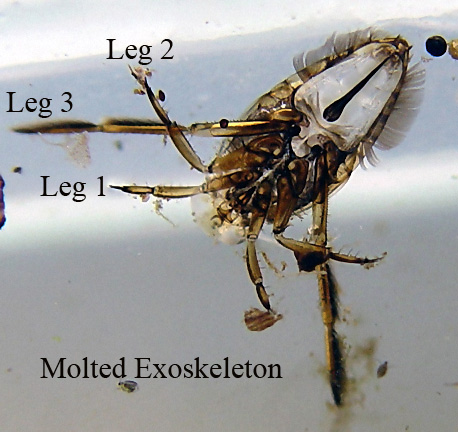
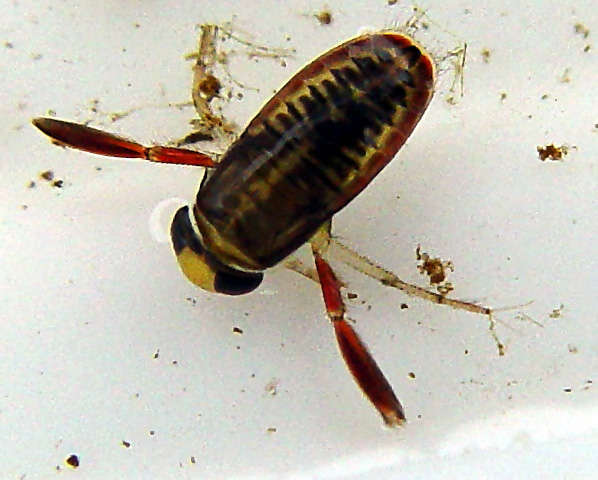
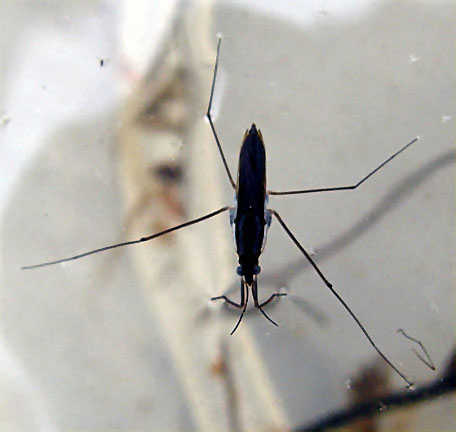
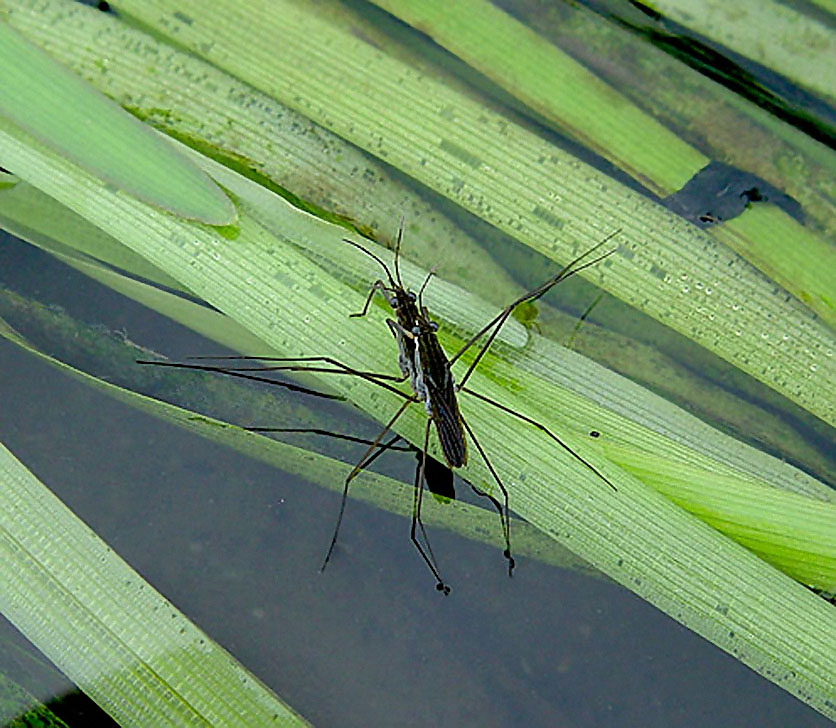

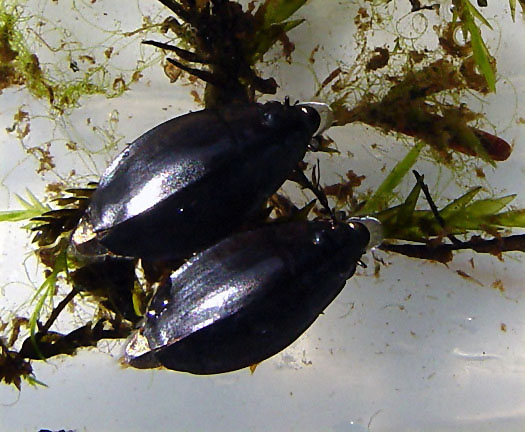
Leave a comment